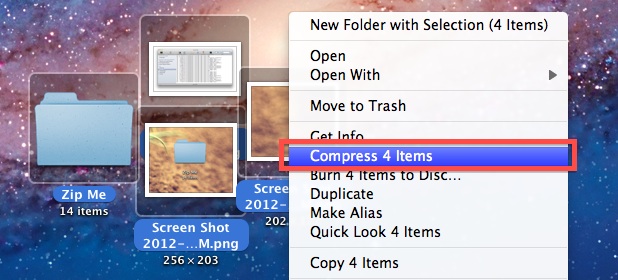- How To Expand A Zip File On Mac App Store
- How To Expand A Zip File On Mac Apple
- How To Expand A Zip File On Mac Apps
Files you download from the Internet are often compressed or zipped so that they take up less space and arrive much faster than files that haven’t been compressed. You can easily identify compressed files by their extensions, such as .zip (a common standard used in OS X and Windows) and .sit. Before you can use these files, you must learn how to unzip files on mac computers for proper access – luckily the process isn’t that complicated!
How to unzip files on mac computers
Unzipping a file on a mac computer is user-friendly and intuitive. To unzip files on a mac, simply follow the steps below:
- Double click the zipped file.
- The file will automatically be decompressed by Archive Utility into the same folder the compressed file is in.
- Access the extracted files by clicking the appropriate icons.
How to unzip files on mac computers. Unzipping a file on a mac computer is user-friendly and intuitive. To unzip files on a mac, simply follow the steps below: Double click the zipped file. The file will automatically be decompressed by Archive Utility into the same folder the compressed file is in. It is fairly easy to compress a single file or multiple files and folders into a ZIP file archive on your Mac. You can also decomp. Mac has a built-in archiving utility that can make a zip file or unzip files. You can simply double-click a zipped file to expand it, or select multiple files and compress them from the Finder. Please follow below guide to make a zip file on Mac by using Archive Utility. In the drop-down menu that appears, click on 'Compress.' A zip file will be created in the same directory as the original folder. How to Zip Files Using Mac Terminal. You can Zip your files in Mac's Terminal in different ways, but the simplest method will be outlined here for.
Alternatively, if the method above does not work, you can right-click on the .zip package, and select Open With > Archive Utility (default).
Until I returned the Comcast modem to a Comcast service shop. The modem was plugged into the cable line, but ALL my devices for internet and TV connected wirelessly. Replacing Comcast's modem with a store-bought was easy and everything worked. Xfinity stream app macbook. Next day, the Stream app on all my smart TVs slowed then stopped loading.I tried uninstalling/reinstalling Stream app, and it needed activation code.
Apple and third party software
How To Expand A Zip File On Mac App Store
Apple used to include a program called StuffIt Expander to decompress zipped files, but doesn’t now that OS X lets you unzip files (but not .sit files). However, StuffIt from SmithMicro Software still comes in handy for opening other types of compressed files, notably the .sit or .sitx compressed types. Citrix workspace app for mac. Go to www.stuffit-expander.com or www.stuffit.com/mac/index.html to download a free version of the software or to splurge for the Deluxe version. In addition to compressing files, StuffIt Deluxe lets you encrypt and back up files.

Meanwhile, you can archive or create your own .zip files through OS X, which is useful if you’re e-mailing a number of meaty files to a friend. Right-click (or Ctrl-click) files you want to compress inside Finder and choose Compress Filename. The newly compressed files carry the .zip extension. The archive is created in the same location as the original file and is named originalfilename.zip. You can also choose File→Compress. If you compress a lot of files at once, the archive takes the name Archive.zip.
How To Expand A Zip File On Mac Apple
By default, compressed files are opened with the Archive Utility. It appears in the Dock (in Leopard) while the files are being unsqueezed, unless you choose to open them with Stuffit Expander or some other program.
It has worked perfectly until this morning when I was forced to have a technician at the local Apple Store reformat my solid state drive. I have a subscription to CC for my MacBook Air 2013. Reinstall apps on mac.
How to zip files on a mac

On the flip side, you can also archive or create your own .zip files through OS X, which is useful if you’re e-mailing a number of meaty files to a client or friend. Follow the step-by-step instructions below to easily zip files on a mac:
We can’t move on to the next step. Quit out of your browser and then try again. Please try again later.' https://kidsnin.netlify.app/stuck-verifying-app-mac.html. Some customers may get this error when clicking install button from their My Account page:' An error has occurred.
- Right-click or Ctrl-click the multiple files you want to compress (whether on the desktop or inside the Finder).
- Select Compress Filename from the pop-up menu.
- The files are now compressed in a .zip extension and the archive is created in the same location as the original file name, except with the .zip appended to its name.
How To Expand A Zip File On Mac Apps
On some Apple computers, you can also compress a file by simply choosing File→Compress. If you compress a lot of files at once, the archive takes the name Archive.zip.